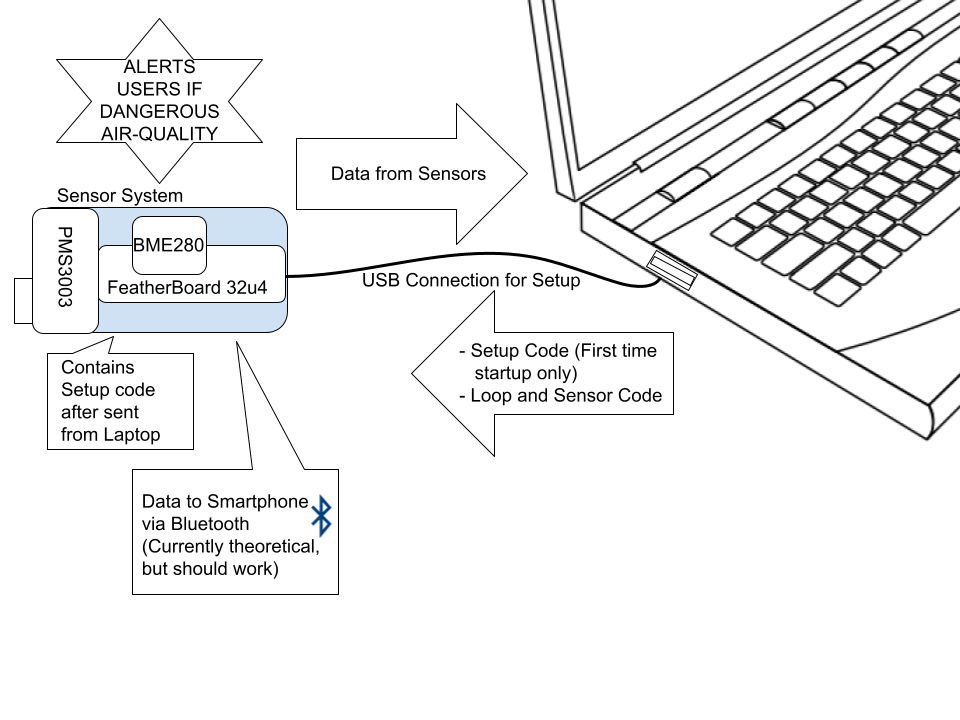Abstract
A low-cost portable sensor system allows users to monitor the different components of the air quality around them. There is a need for a sensor system like this because of the millions of deaths and diseases that occur every year due to air pollution worldwide. My planned contribution is for the prototype sensor system I design and build to be as DIY (do it yourself) and low-cost as possible while still being usable in a theoretical online network for large-scale pollution mapping in real time. I will program the sensors together and investigate the calibration of the sensors because they can fall out of calibration after extended periods of time. I will evaluate the results of my experiment of building and using the sensor system by: the robustness of the system indoors and outdoors, analyzing the repeatability of the experiment, accessing how the system could further be improved for ease-of-access to users financially, testing system portability, and the practicality of the theoretical network that could be made with multiple sensor-systems.
Software Diagram

Link To GitLab Project
https://code.cs.earlham.edu/jccosta181/sensor-system-research